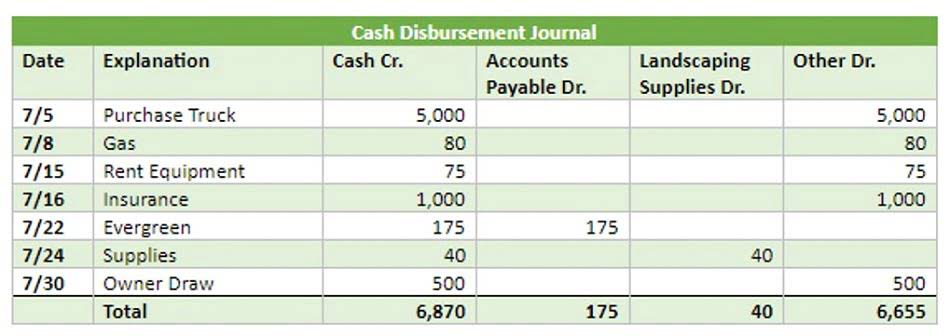
Any errors how to calculate cash short and over in this physical count will directly impact the calculation of cash over or short. As mentioned above, the sales staff or cashier can give too much or too little change to the customer. This difference is treated as income or expense and presented in the income statement. When we give too much change to customers, it means that we make change more than it should be.
- This is due to the cash remaining and the receipts in the petty cash box may not equal the amount of petty cash fund established.
- Maintaining accurate cash records is important for financial integrity and operational efficiency.
- While some companies will just lump the Cash Over Short in with other miscellaneous expenses, I recommend making it a separate line item on the Income Statement.
- You will also need to fill out a deposit slip, usually available at the bank or sometimes included in a checkbook.
- For example, on December 22, after reconciling the cash on hand with the cash sales, we find that there is a cash shortage of $5.
Key Financial Information for Calculation

To make cash-on-cash return and cap rate the same, we need to change the definition of cap rate from net operating income ÷ purchase price to net operating income ÷ purchase cost. It is calculated by taking cash received from sales and subtracting operating expenses that were paid in cash for the period. The bottom line reports the overall change in the company’s cash and cash equivalents over the last period. Cash and cash equivalents is a useful number that can help investors understand whether a company is liquid enough to cope with larger or unexpected short-term cash needs.
Understanding Your Deposit

This classification ensures that all cash variances are appropriately accounted for in the business’s financial performance. This accounting treatment ensures that the actual cash balance aligns with the financial records. For example, if daily sales were $500, but only $498 was counted, a $2 shortage would be retained earnings debited to Cash Short/Over and credited to the Cash account. Documenting the discrepancy, investigation steps, and the final adjustment is important for internal control and potential audits. While these adjustments typically have a minor impact on overall financial statements, their accurate recording is important for transparent financial reporting and monitoring cash handling efficiency.

Related Terms
The “Cash Short and Over” account is an income statement account used to record these discrepancies. For most businesses, this account is classified as a miscellaneous expense for a shortage or as miscellaneous revenue for an overage. This classification provides a straightforward way to reflect the financial impact of these variances. The cash shortage may happen often with the retail business as it deals a lot with small notes when making the https://dashboard.contentvista.com/the-difference-between-internal-and-external/ sales and the cash sales are usually need to be reconciled daily.
- The next step is to determine the expected cash amount that should be in the drawer.
- They are listed at the top because they are very liquid or “current,” meaning they’re available for use as cash “immediately,” or within 90 days.
- And if the property goes down in value even by only a few percent, you will be upside down and owe more debt than the property is worth.
- On the other hand, if the company has a cash shortage in the petty cash fund, it can make the journal entry with the debit of cash over and short account instead.
- It means a business is moving inventory quickly, generating sales faster, and tying up less capital in day-to-day operations.
- Yet while it’s reassuring for companies to have healthy CCE reserves, it’s also important to ensure the number is not excessive, which could be put to better use generating revenue.

If the same register holds $502 instead of the expected $500, it represents a $2 overage. When a cash shortage occurs, the “Cash Short and Over” account is debited, and the cash account is credited. This decreases the cash balance and recognizes the shortage as an expense. If an overage is discovered, the cash account is debited, and the “Cash Short and Over” account is credited, recognizing revenue.
What Is an Accounts Payable Report for a Business?
Businesses use a “Cash Over and Short” account to record these discrepancies. This account serves as a temporary holding place for differences between expected and actual cash balances. It is classified as an income statement account, reflecting an increase in revenue for an overage or an expense for a shortage. In this journal entry, we credit the sales revenue because in the retail business the cash shortage usually happens due to us failing to keep the accurate records that are related to sales revenue. Also, the debit of cash over and short represents the loss, e.g. a few dollars, due to the cash being less than the amount it is supposed to be when comparing the sales records.
